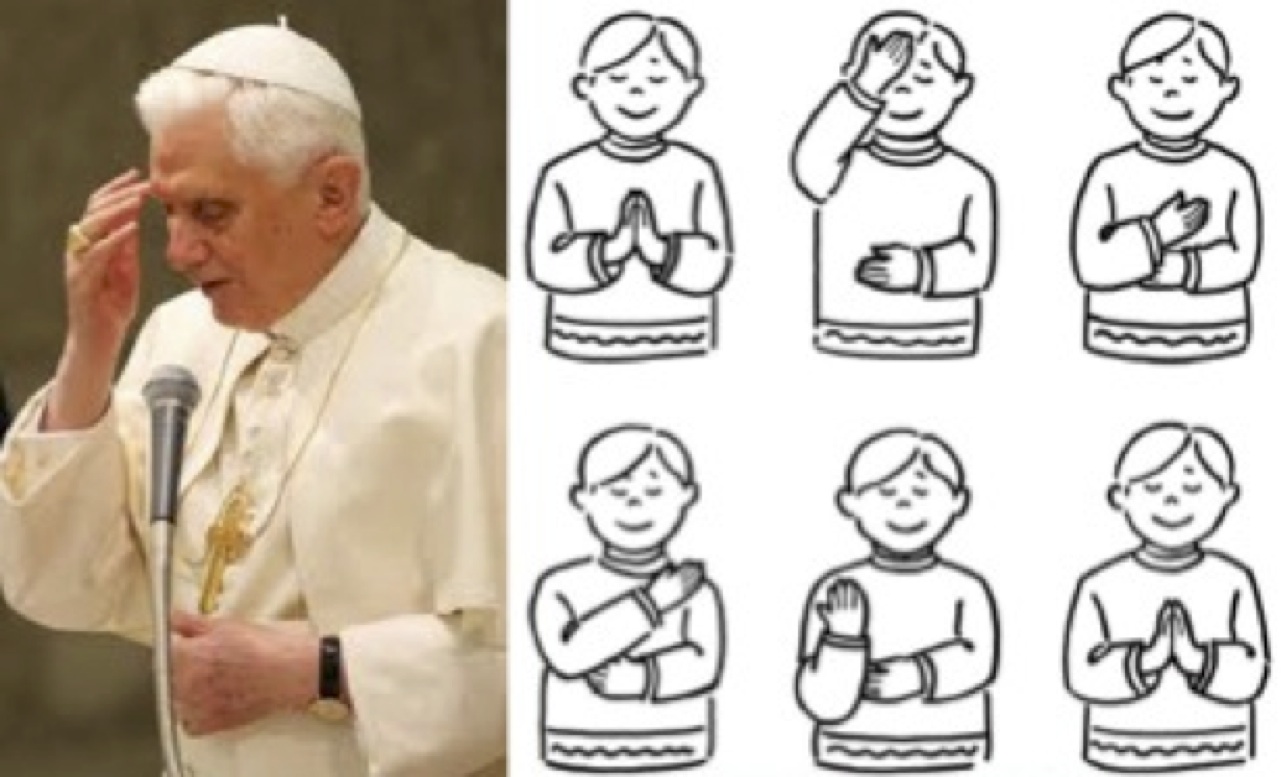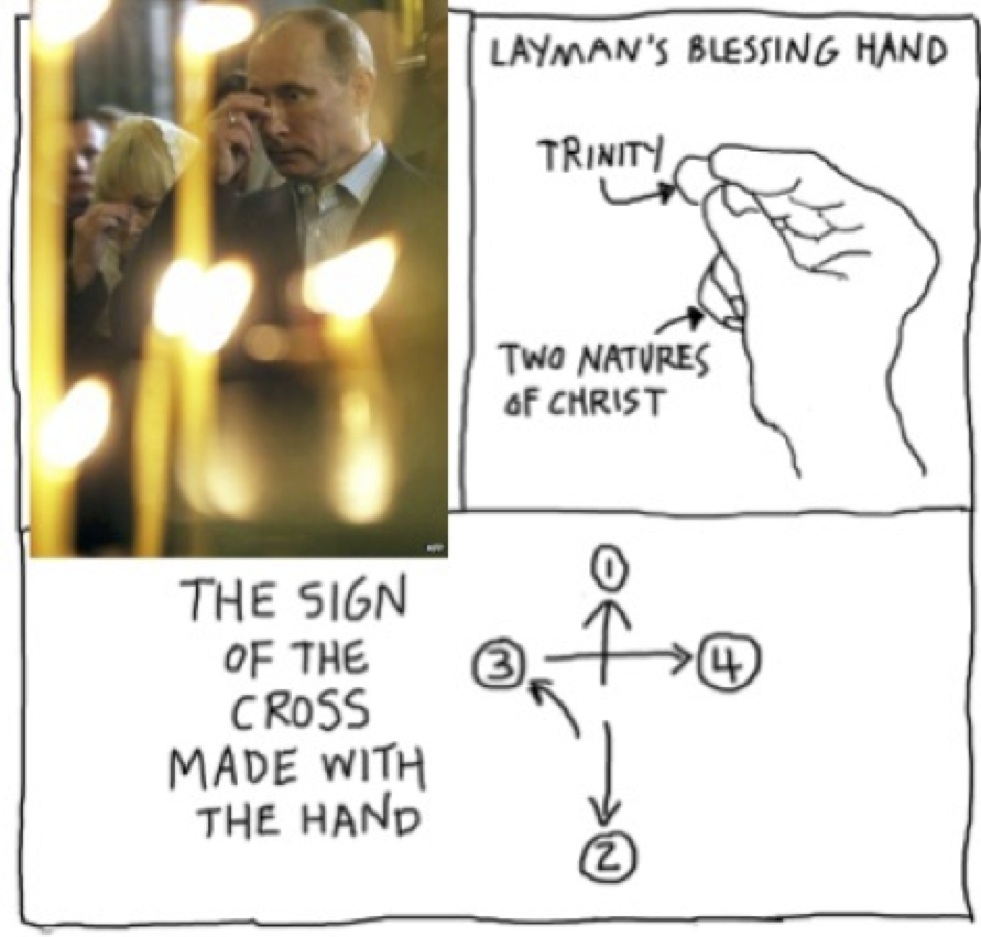Conservapedia afficheert zichzelf als een alternatief voor Wikipedia voor mensen met een conservatieve kijk op het leven. Op zich is daar niets mis mee. In zaken als geschiedschrijving is het tenslotte moeilijk om een verhaal te formuleren waarvan iedereen het erover eens is dat het ideologisch ongekleurd is. In de natuurkunde, daarentegen, is het doorgaans heel duidelijk wat correct en incorrect is. Meetresultaten en logica laten weinig ruimte tot manoeuvreren. En waar je ook op stemt, naar omlaag vallen door de gravitatie doe je allemaal. Bij Conservapedia, echter, wordt ook de koning der wetenschappen meedogenloos gepolitiseerd. Wat er wordt beweerd over relativiteitstheorie en kwantummechanica heeft weinig te maken met vakkennis en veel met ideologische bevlogenheid. Conservapedia handelt hiermee in een bedenkelijke traditie.
Conservapedia is een initiatief uit 2006 van de conservatieve activist Andrew Schlafly. Waar de Engelstalige Wikipedia meer dan 6 miljoen artikelen heeft, daar zit Conservapedia anno 2021 net boven de 50.000. Conservapedia heeft uitsluitend Engelstalige artikelen, maar het is dan ook bedoeld om uitdrukking te geven aan een Amerikaans, conservatief en christenfundamentalistisch perspectief.
[Read more…] about De Twijfelachtige Natuurkunde van Conservapedia





